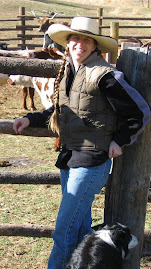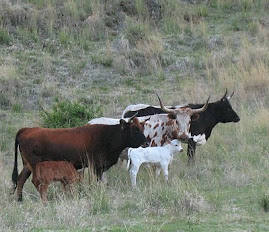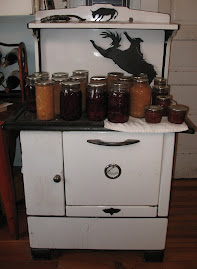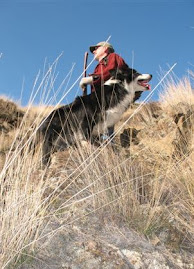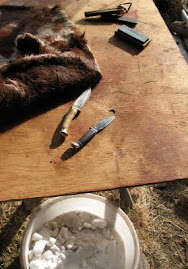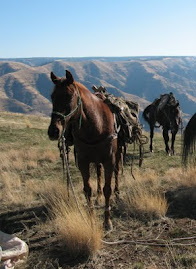 |
| Roasted prime rib and steak |
 |
| Ready to freeze |
After the stock cooled, I poured it into jars and put them on the back porch to "prefreeze" overnight before wedging it into the freezer. Beautiful stock. It will make a delectable meal some night, probably when I need a quick nourishing soup after a long cold day.
Before Christmas, I went through the pumpkins, looking for one to bake for pie, and I was amazed that not a single pumpkin had started to rot. They were all pristine. Perfect rinds, perfect stems. It consistently amazes me that a vegetable harvested months ago, can sit around in a cardboard box all those months and still be edible.
 |
| Perfect flesh |
I know the apples in the cellar are getting softer. By the end of February, they'll be more fit for cooking than eating. But they will still be edible.
Making stock, sorting the winter squash, eating tons of beets and carrots as they get rubberier each week, I never thought of this as home economics. Sometime before I started public school, home economics had morphed from the science of food preservation - like how to can venison, to the consumption of preserved food - how to make desserts out of Jell-O and Cool Whip. I avoided home-ec.
 |
| Trio |
From Sara at Magpie Ranch, home of Bunchgrass Beef


